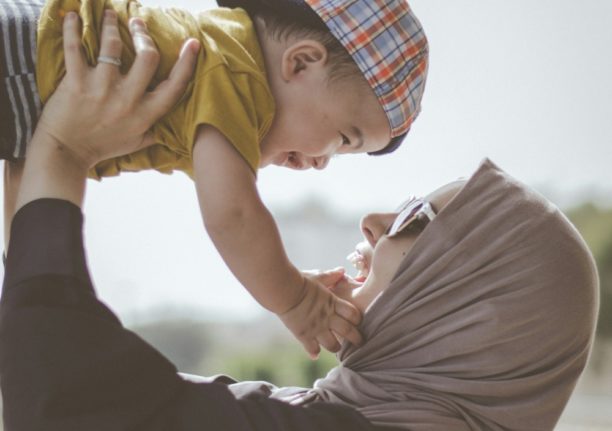The competition will see a winner picked out and their Lego duplicates placed on display at Legoland Billund within a brick’s throw of the Lego Eiffel Tower and Amalienborg Palace.
“We dare say that we are putting one of Denmark’s most unique plots of land ‘for sale’. This is the first time ever that a family’s house will be built here at Legoland and we will also build the family with Lego bricks so they can stand next to their house and play in the garden,” Legoland director Christian Woller said in a press release.
The winning family and their house will be downsized at a scale of 1:20 and placed on the specially selected ‘plot’ at Legoland.
A house of, for example, 7×20 metres will therefore be reproduced at 35×100 centimetres for the Legoland display.
The competition can be entered via the website of estate agent Home, whose local branch in Billund is acting as the “seller” of the diminutive plot. You can also read more about it on the Legoland website.
“We’re hugely proud that we’ve been given that chance to fulfil not just ‘normal’ housing dreams but also childhood dreams. The Lego corporation and Legoland are a big part of our DNA here in Billund. Now we can share that feeling with a lucky family somewhere in Denmark,” Home Billund co-owner Camilla Lund Hansen said in the press release.
Entrants from anywhere in Denmark could win the prime piece of Lego real estate.
“This is a very unique plot which has a view of the Eiffel Tower and Amalienborg Palace and there is also a view of the sea, so we are in no doubt there will be interest in the plot,” Woller said.
Construction of the house must be completed by April 1st, when Legoland opens for the summer season. It will remain in situ for the remainder of 2023. The winning family will be required to attend the opening where their ‘house’ will be presented – and will also be given free passes to the park for the rest of the year.
Following the end of the 2023 season, the winning family will be able to take their Lego selves and house with them to their real house.
To enter the competition, you must provide your name and address and write a short description of your family, and register for marketing letters from Lego and Home.



 Please whitelist us to continue reading.
Please whitelist us to continue reading.
Member comments